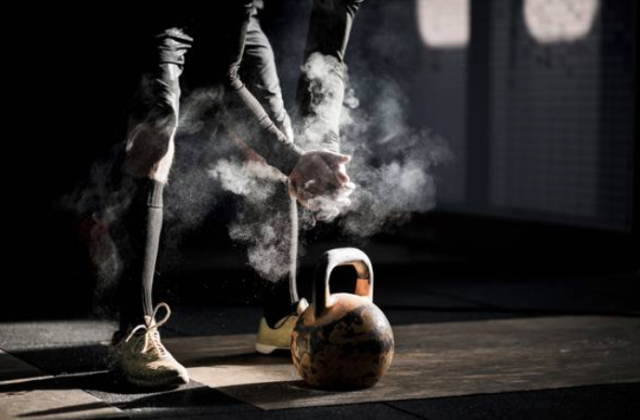You should also drink enough water (link to the article “How much water to drink “). Drink throughout the day and during your workout. In no case do not bring your body to a state of dehydration. Dehydration leads to injury, loss of concentration and fatigue.
HOW TO PROPERLY WARM UP BEFORE A WORKOUT

A proper warm-up is just as important as a proper diet or exercise program. Learn how to prepare for exercise and avoid injury.
The warm-up is the most important part of the training process, aimed at preparing your body and nervous system for the main exercises.
Without a warm-up, you can not only ruin your workout but also harm your health, because an unprepared body is easily injured when working with large weights.
Warm up goals
- Prepare the body psychologically and physically for productive training
- Activate muscles and joints
- Prevent injury and pain during exercise
- Fill the muscles with blood and saturate them with oxygen
- Get moderate cardio
- Raise the level of concentration
A few simple rules will help you achieve these goals.
1. General warm-up of the whole body
First you need to wake up the body and tone the muscles and ligaments. To do this, you need to do several stretching and rotational exercises to increase the elasticity of muscle tissue and the mobility of all joints.
2. Start aerobic exercise.
In the next step of the warm-up, you can move to the treadmill or elliptical trainer. Don’t run like you’re being chased by a rabid dog.
3. Release muscle tension and get rid of trigger points that restrict movement and cause pain during exercise.
Unfortunately, the two previous points are not enough to get rid of the feeling of stiffness and tightness in the muscles, so you need to arm yourself with a roller to achieve the desired result.
Most often, the front deltas, triceps, latissimus dorsi, biceps, piriformis, buttocks and calves need such a warm-up.
Of course, roller massage causes some discomfort, but rehabilitation and surgery after injuries will be much more painful. We advise you to give this 5-10 minutes to avoid such undesirable consequences.
4. Stretch the muscles that will work in the exercise.
Muscles are usually stretched using static stretching. But this method weakens our muscles by 30%, increasing the possibility of injury.
To avoid this problem, replace static stretching with dynamic stretching so that the muscles naturally stretch. This effect can be achieved by stretching the muscle of the opposite action, i.e., the antagonist muscle. For example, if you are going to train biceps, then do a couple of easy sets for triceps. Thus, you get a deep stretch of the desired muscle without losing tension. If you want to pump your quadriceps, start with an easy approach to the hamstrings. By analogy, find an antagonist for each muscle group.
5. Before starting the main exercise, do a lead-up exercise that will establish a connection with the desired muscle group, and prepare it for real loads and working weights.
Here are some examples of such exercises.
- Chest – bringing arms together in the simulator or push-ups from the floor
- Back – traction of the upper block with a pause in the lower position
- Shoulders – Seated Dumbbell Press
- Quadriceps – hip extension in a block simulator
- Back of the thigh – bench press with one leg in the simulator
- Triceps – extension of the arms in a block simulator (the last third of the entire movement)
- Biceps – slow pull ups
In no case do not neglect the warm-up.
It does not matter what program you are training on and what goals you are pursuing: gain weight or lose weight. A warm-up is essential for everyone!
PRE-WORKOUT NUTRITION
Before training, you need to eat to saturate your body with nutrients and prevent muscle wasting, which entails catabolism. Carbohydrates will give you a boost of energy, and proteins will help you avoid muscle loss. Before training, you can drink a gainer or a protein shake.